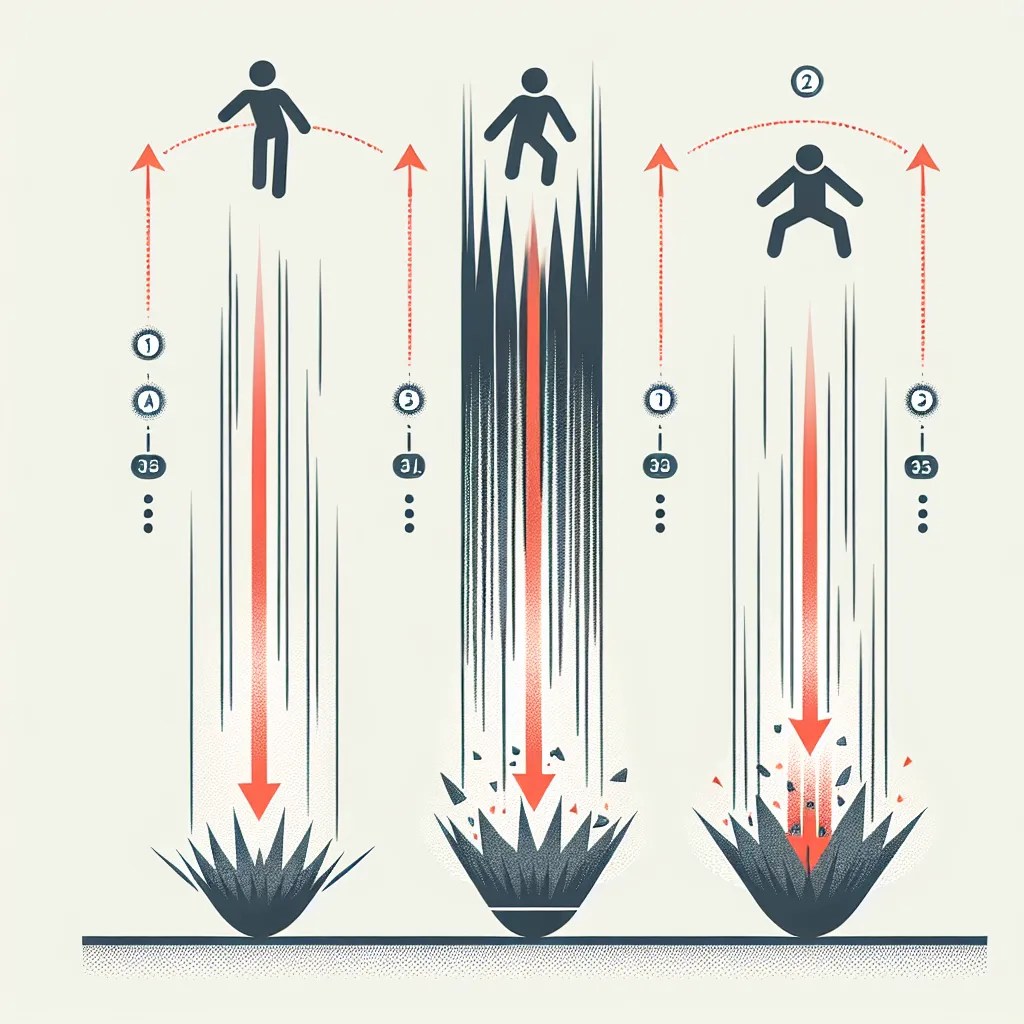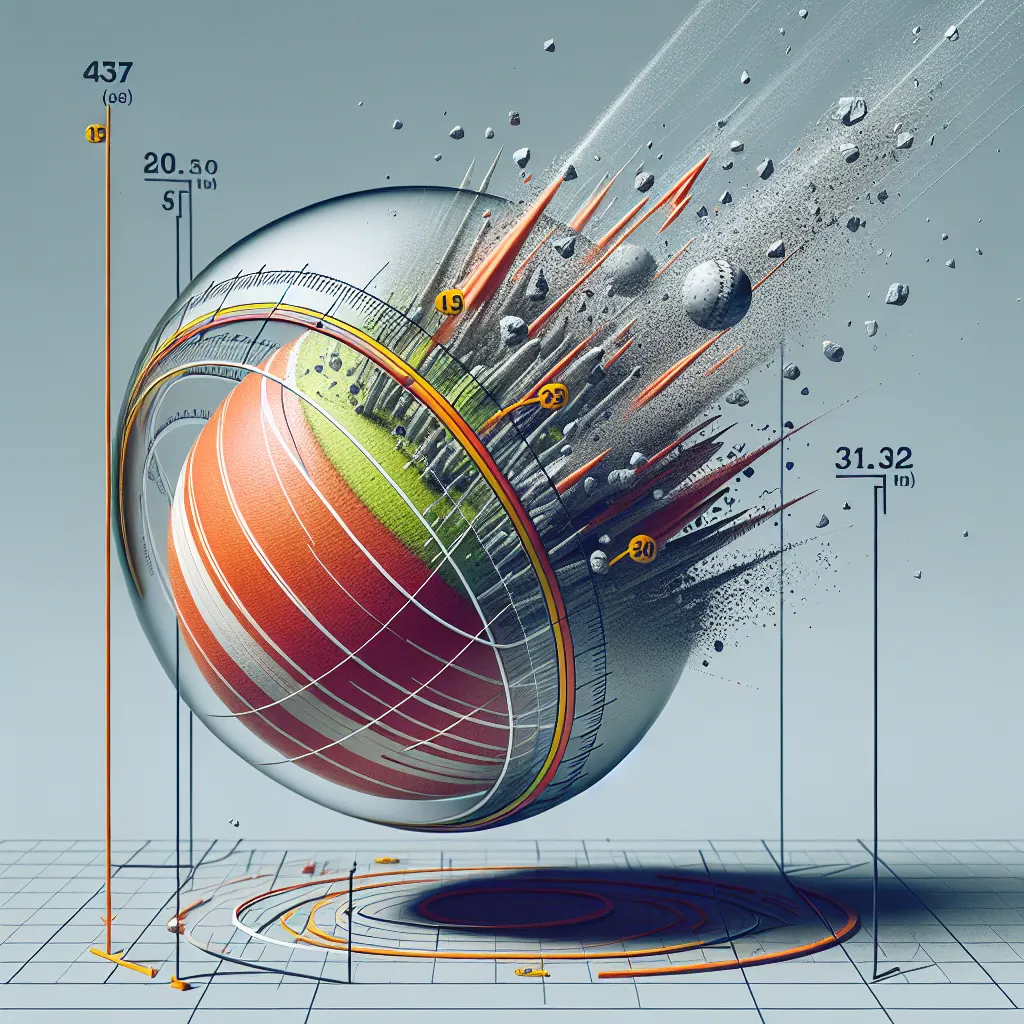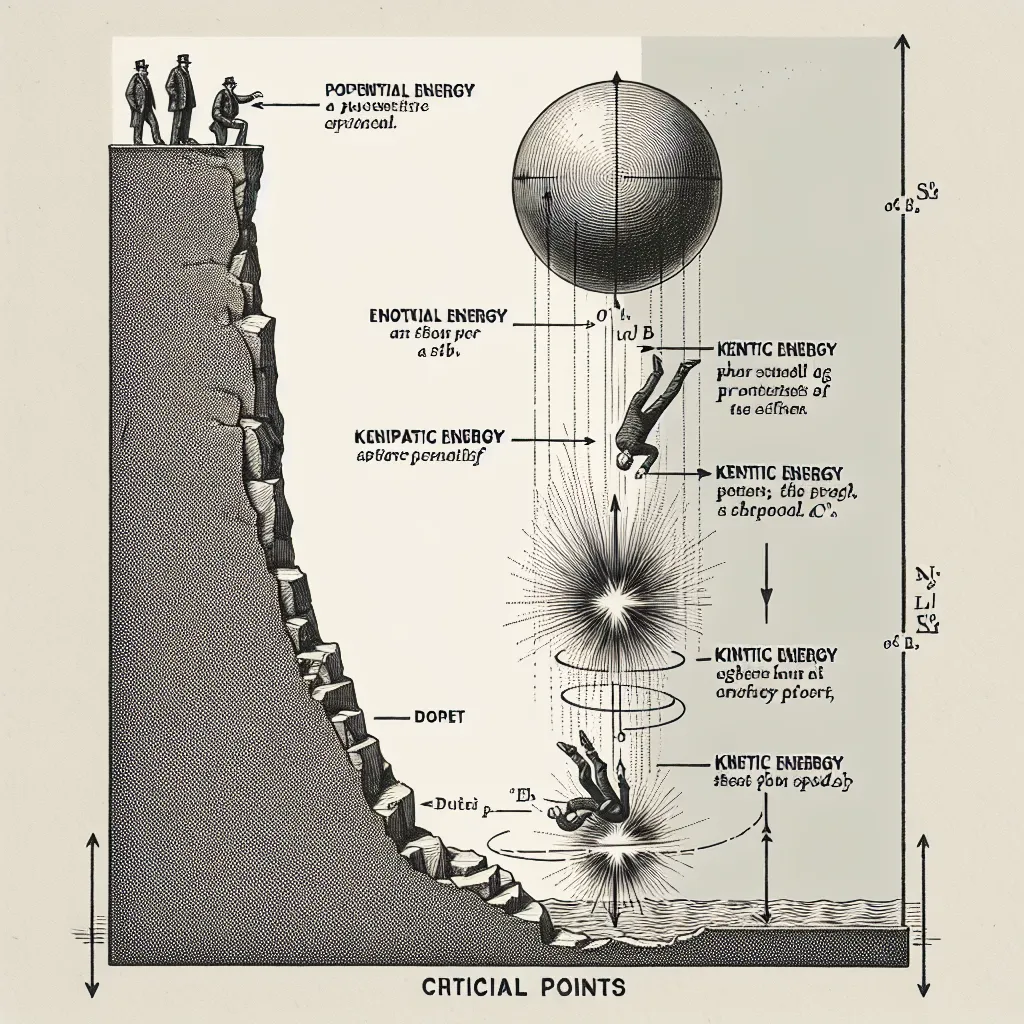Ask AI on The Internet
Question: At which point during a drop does an object have the most kinetic energy?
An object has the most kinetic energy at the point just before it reaches the ground or the lowest point in its fall. This is because kinetic energy increases as the object accelerates due to gravity, increasing its velocity. Potential energy is converted into kinetic energy during the object's descent. Just before it hits the ground, the object has reached its maximum speed (assuming air resistance is negligible or constant), consequently, its kinetic energy is at its peak at that moment. The kinetic energy (KE) of the object is given by the formula: \( KE = \frac{1}{2}mv^2 \), where \( m \) is the mass of the object and \( v \) is its velocity. The velocity is highest just before impact, leading to the maximum kinetic energy at that point.
Think your answer is better than the AI's? Post it below.
Other Most Relevant Posts:
 Ask AI: At which point during a drop does an object have the most kinetic energy?
After it hits the ground
Bottom
Top
Middle
Ask AI: At which point during a drop does an object have the most kinetic energy?
After it hits the ground
Bottom
Top
Middle
 Ask AI: At which point during a drop does an object have the most kinetic energy?
a.After it hits the ground
b.Bottom
c.Top
d.Middle
Ask AI: At which point during a drop does an object have the most kinetic energy?
a.After it hits the ground
b.Bottom
c.Top
d.Middle
 Ask AI: A 10-kg rock falls from a height of 8.0 m above the ground. What is the kinetic energy of the rock just before it hits the ground?
Ask AI: A 10-kg rock falls from a height of 8.0 m above the ground. What is the kinetic energy of the rock just before it hits the ground?
Question Tags
If you want your question answered by an AI, click here.




Post your own comment: